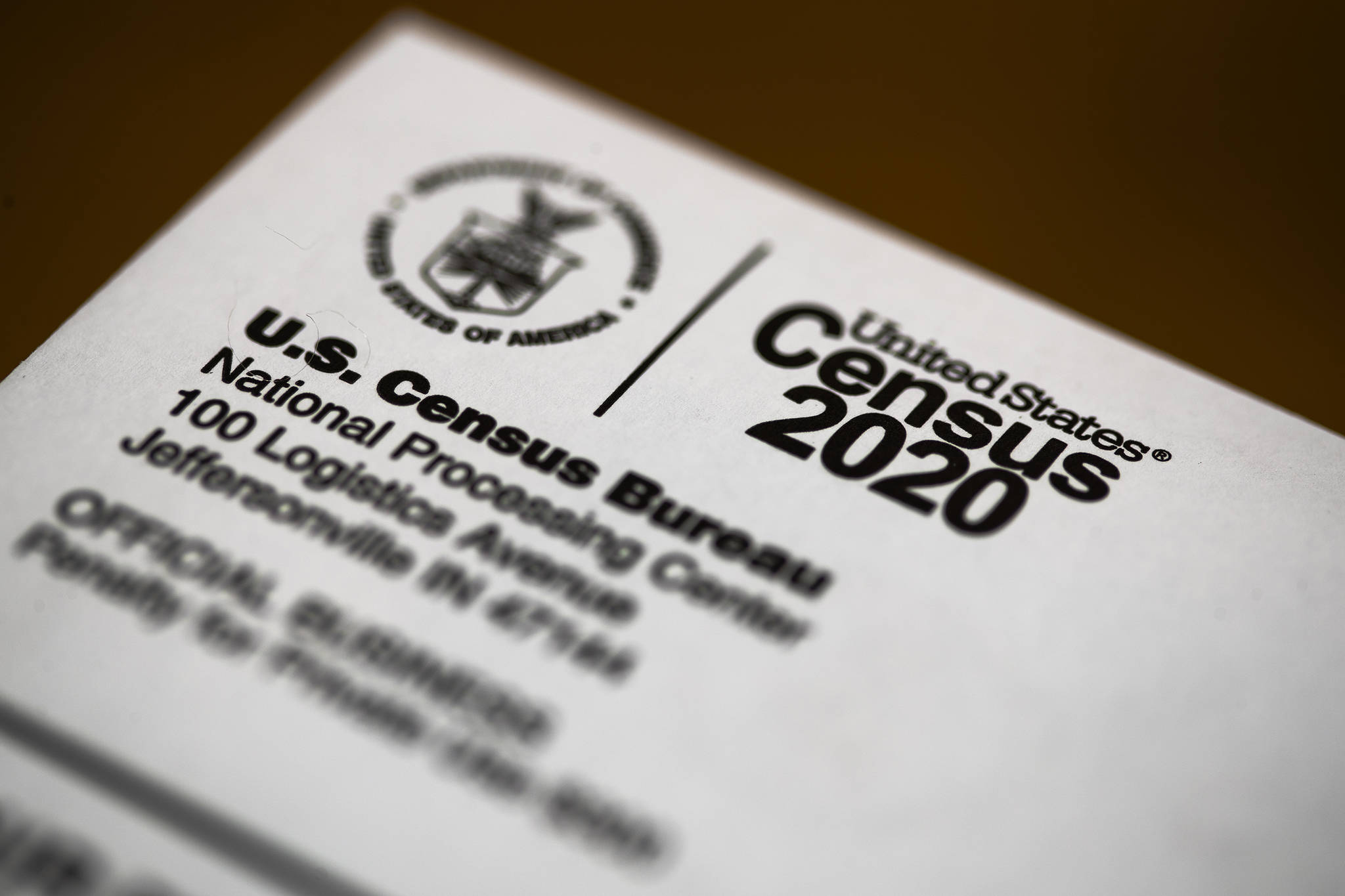ANCHORAGE — The Matanuska-Susitna Borough north of Anchorage gained the most people in the last decade, according to U.S. Census data released Thursday.
The sprawling borough nearly the same size as Ireland and anchored by the communities of Wasilla and Palmer gained 18,086 residents between 2010 and 2020, a growth rate of just over 20%, Census figures show. The figures show the borough with 107,081 residents, and it is only the second borough or municipality in Alaska with more than 100,000 residents.
The Anchorage Municipality remains the state’s largest with 291,247 residents. Anchorage had 579 fewer residents than in the 2010 Census, or 0.2%.
Juneau’s population saw a minor increase over the decade, according to Census data. In April 2010, the City and Borough of Juneau’s population was 31,275. In July 2020, 32,255 Juneau residents were counted. That’s a gain of 980, or just over 3%.
Percentage-wise, the Mat-Su wasn’t the biggest winner in the state. The Skagway Municipality’s addition of 272 residents compared with 2010 equaled a 28% growth rate, figures show.
The Fairbanks North Star Borough lost the most people in the last decade, nearly 2,000 residents, or 2% of its population. It has 95,655 residents.
The Haines Borough lost the highest percentage of residents at 17%, prompted by a population decrease of 428 people.
The release of the redistricting data culled from the 2020 census was more than four months later than expected because of delays caused by the pandemic. The redistricting numbers states use to redraw congressional and legislative districts show where white, Asian, Black and Hispanic communities grew over the past decade. It also shows which areas have gotten older or younger and the number of people living in dorms, prisons and nursing homes. The data covers geographies as small as neighborhoods and as large as states.
An earlier set of data released in April provided state population counts and showed the U.S. had 331 million residents last year, a 7.4% increase from 2010.
Alaska’s population grew to 733,391, an increase of 3.3% from the 2010 Census.
The Alaska Redistricting Board announced in April that the target population for each of Alaska’s 40 House districts will be 18,335.
The board in a statement said it received the redistricting data Thursday from the U.S. Census Bureau.
“Our staff are working with experts at the Department of Labor to import the data so we can begin the work of drawing new Alaska legislative districts as soon as possible,” John Binkley, the board’s chairperson, said in the statement.
The state’s labor department plans to brief board members about population changes on Aug. 23.
• Ben Hohenstatt contributed reporting to this article.

